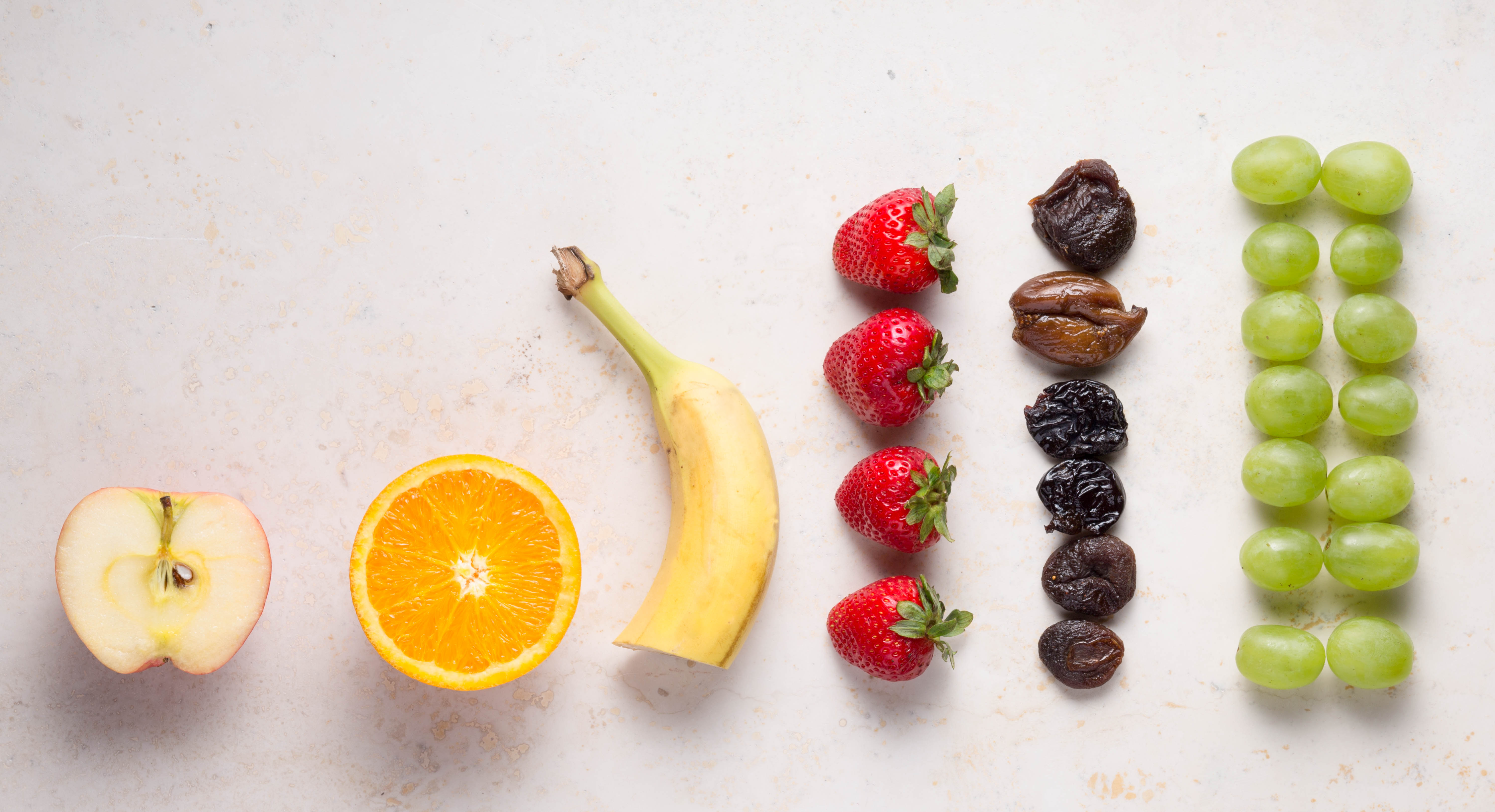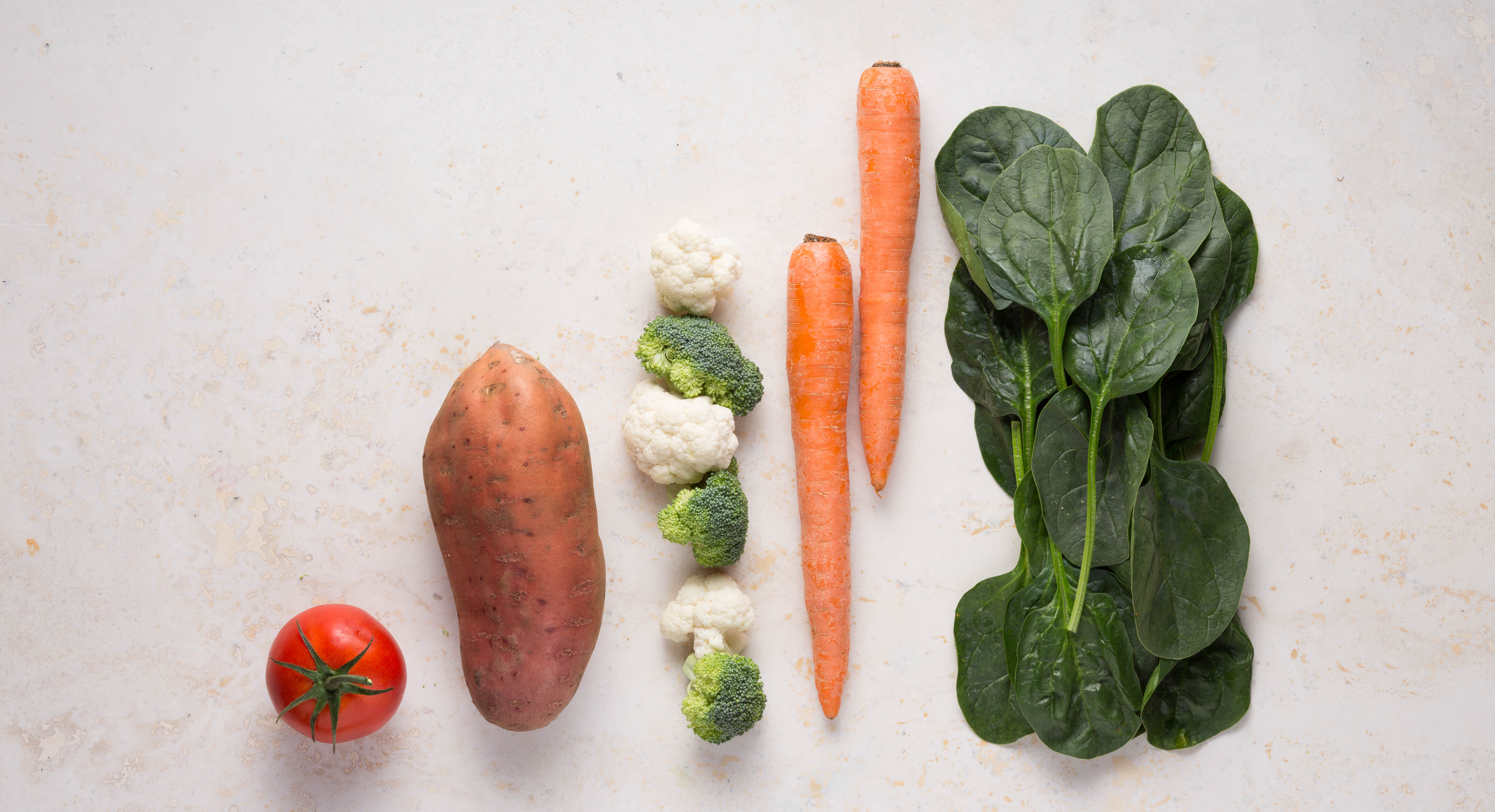Psst, You’re Probably Eating Too Much. Here’s What Servings Should Look Like
Last Update: April 9, 2025
Step into any American restaurant, and as soon as the plate hits the table, it’s evident that our ideas about serving sizes have become distorted over the years.
The concept of serving sizes first originated in in the early 1990s when the Food and Drug Administration first introduced nutrition labels. At the time, these numbers were determined by the average amount of food that Americans ate in one sitting. Fast forward more than 20 years later, and colossal burgers and heaping bowls of linguine are the new normal—and the average American is about 20 pounds heavier.
In the next two years, the FDA will shake things up once again and change these serving sizes on labels to better reflect how much we’re really eating. Their aim is to make it easier for consumers to see the nutritional numbers that correspond with what they’re actually going to eat and drink—because after all, it’s unrealistic to assume that people stop after gulping down 3/4 of a 12-ounce bottled drink with a serving size of 8 ounces. (And if that sentence was at all confusing, that’s pretty much what Big Food companies are banking on in their bid to get consumers to throw their hands up and just eat.)
Though matching nutrition labels to real life portions makes a lot of sense, there’s also plenty of controversy surrounding increasing serving sizes altogether. Some critics say that making serving sizes larger would only give consumers a free pass to eat and drink more—and this hypothesis is backed up by several studies [1].
It’s not a secret—habitual overeating, meaning, eating too much, can cause weight gain and can ultimately lead to overweight and obesity, whose deadly side effects include a high risk for heart disease, diabetes, stroke, hypertension, and even some cancers. How to stop eating so much? Portion control can be an effective tool against this epidemic [2]. For some, that’s easier said than done, but it all starts with awareness. One trick: Use smaller plates and bowls. Also, consider the USDA’s guidelines for daily recommendations for some of the basic healthy food groups; it’s a great educational resource for plotting out what a balanced diet should look like [3].
But we get it—numbers, proportions, and mental math can seem like a lot of work when all you want to know is if a handful of almonds is overkill. We’ve got you: Here are some visual guides that can help demystify what constitutes moderate portions for nutritious foods, before the concept of serving sizes becomes even more abstract. Have you ever asked yourself what a serving of grapes is supposed to be like? Let’s start with fruit.
Fruit

Daily recommendation: 4 half-cup servings
Single servings:
1/2 small apple
1/2 large orange
1/2 large banana (8 to 9 inches long)
4 large strawberries
¼ cup dried fruit
16 seedless grapes
Vegetables

Daily recommendation: 3 one-cup servings
Single servings:
1 large tomato (3” diameter)
1 large baked sweet potato (2 1/4″ or more diameter)
1 heaping handful of most veggies
2 medium whole carrots
2 cups raw greens (including spinach, kale, romaine, watercress, escarole)
Grains

Daily recommendation: 6 to 8 one-ounce servings
Single servings:
1 regular slice of bread
½ cup cooked oatmeal
½ cup cooked pasta or rice
7 square or round crackers
3 cups popped popcorn
(The USDA advises that at least half of all grains eaten should be whole grains.)
Protein

Daily recommendation: 2 ½ to 3 two-ounce servings per day
Single serving:
1/2 to 3/4 can of tuna
2 eggs
1/2 cup cooked beans
small 2-ounce steak
24 almonds
Photo credit: Alicia Cho